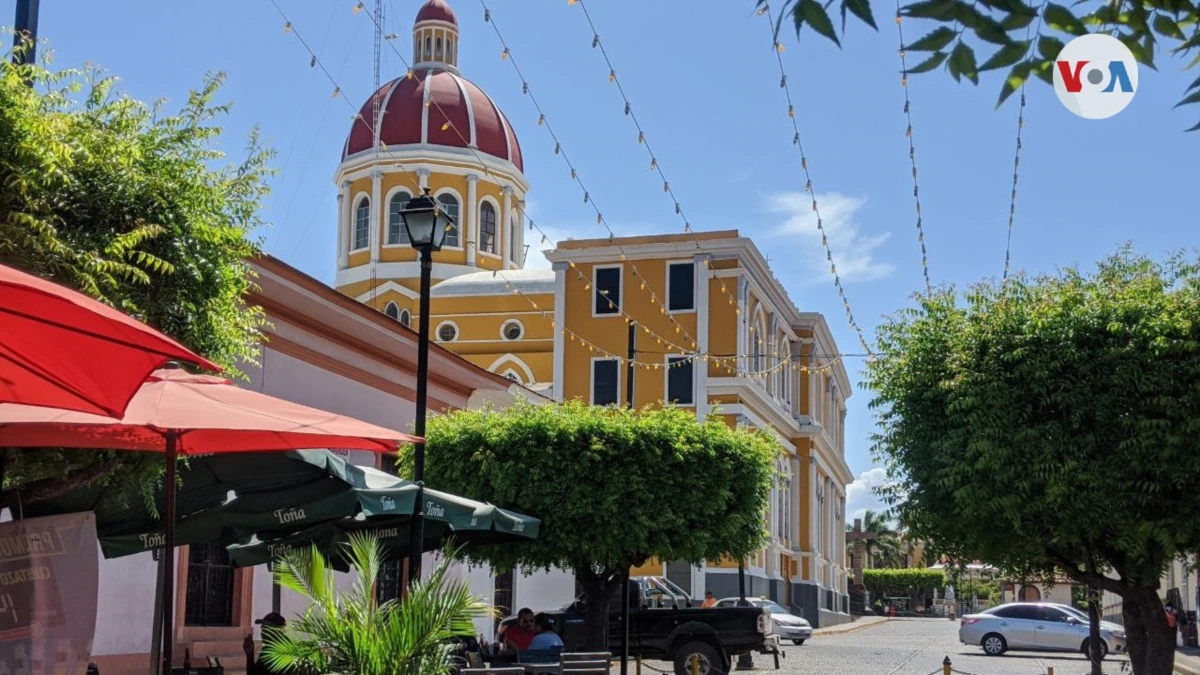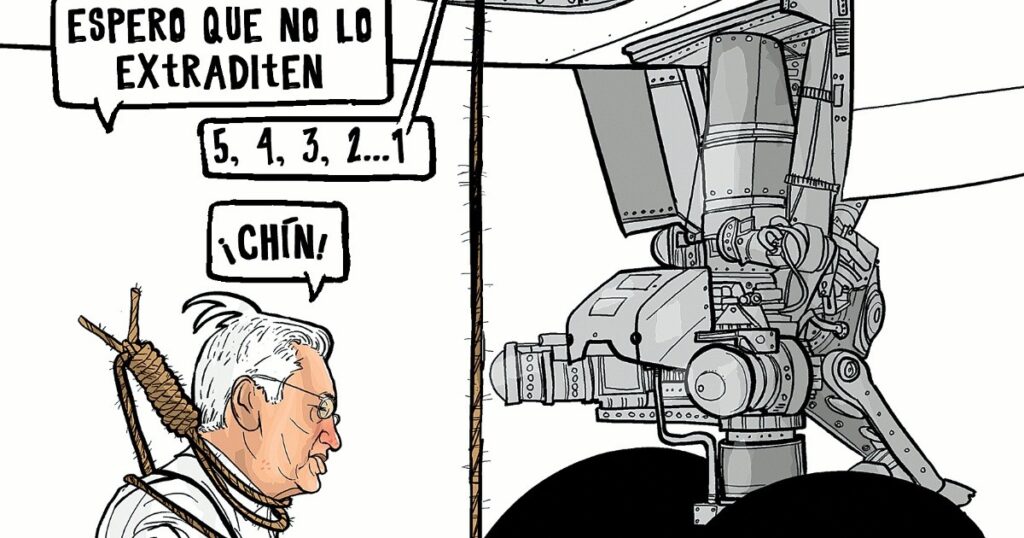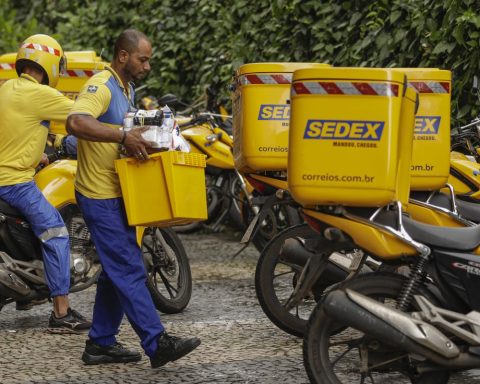Christen Derocie recently arrived in Costa Rica, the Central American country that she chose as a destination to bring a group of 21 students to whom she teaches classes in the state of Georgia, in the southeastern United States.
She explains that she decided on Costa Rica attracted by ecological tourism, but also by political stability.
“I have found out that they take great care of the environment here. That seems attractive to me. Everything is green”, affirms the 35-year-old woman to the voice of americaprior to a tour of a small lagoon, located on the slopes of the Arenal Volcano, in Costa Rica.
Tourism in this neighboring country, unlike that of Nicaragua, has been increasing for a couple of years. Although the pandemic substantially reduced the influx of foreigners, little by little it has been recovering.
The main flows of tourists that arrive in Costa Rica are from North America and Europe, affirms the VOARubén Acón, president of the National Chamber of Tourism, who considers that one of the reasons for this preference is due to the natural resources it has, but also does not hesitate to point out the political fact.
“We have a very solid democracy. In that sense we have an image of peace, of tranquility and perhaps our natural beauties, such as forests, beaches and rivers, are part of all this attraction”, argues Acón to justify the current boom in tourism.
What is happening in neighboring Nicaragua?
In Nicaragua, the situation of tourism contrasts with the data of Costa Rica, and this indicator is reflected in the income generated by this item, according to the official figures.
In 2017, a year before the start of the protests against President Daniel Ortega that left some 300 dead, Nicaragua received some 840 million dollars. The figure at that time was much higher in relation to the 183.8 million dollars that he received for this economic line in 2021.
To put it in context, its neighbor Costa Rica obtained income from tourism in 2021 of about 1,533 million dollars, with the United States being the main source market for tourists.
Various factors
According to the former president of the National Chamber of Tourism of Nicaragua, Lucy Valenti, since the crisis since 2018 there has been an evident slowdown that has deepened with the COVID-19 pandemic.
“Tourism had a resounding fall from how it had been growing until 2017 to date and that has seriously and negatively impacted the companies in the country’s tourism sector, which are mostly MSMEs, although it has equally impacted all: large, medium , small, micro, it has impacted all of them,” he said.
According to Valenti’s analysis, it is that the tourism sector has not been able to reactivate to the levels seen before the pandemic because the necessary conditions have not been created for tourism to return to the same level.
The businesswoman affirms that even many foreigners, among them the Americans, have opted for other offers such as Costa Rica, despite the fact that Nicaragua is cheaper.
“The problem we have in Nicaragua is air connectivity. Nicaragua has not been able to restore its air connectivity to the levels we had before the pandemic, while in the rest of the countries in the region connectivity has been restored and there are countries that are even increasing it because there are new airlines arriving,” he maintains. Valentine.
He also points out that this situation is reducing the costs of air tickets to these other destinations in the region, making them more competitive and that allows the tourist package to also have a more competitive price.
Instead, he emphasizes, the cost of traveling to Nicaragua has become very high.
“For many people it is even inaccessible. When you can travel from San José to Miami for three hundred dollars, in Nicaragua you don’t get less than eight hundred dollars for a ticket and in high season up to 1,800 dollars, ”she says.
According to statistics for the year 2021 from the Nicaraguan Tourism Institute, of the arrival of tourists from North America, 89.5% corresponded to Americans. Valenti states that on average, these tourists spend between 70 and 85 dollars. “Well above the average cost, for example, of Central America, which was between 35 and 38 dollars.”
Valenti concludes that for the tourist the important thing is that there is tranquility, that there is peace. “If that is not breathed in Nicaragua, it obviously affects, but the fundamental thing to reactivate the activity would be the reestablishment of the airlines and a peace of mind so that the businessmen can work.”
Rubén Acón, from the Costa Rican National Chamber of Tourism, stated that during the pandemic a weakness was evident when it came to functioning as a region. “We do not standardize the requirements and each country treated tourists differently,” he said, referring to an issue that made land transit difficult.
Nicaragua, for example, was the last country to withdraw the COVID-19 test requirement. “Without a doubt, it will benefit not only Nicaragua, but also the entire Central American region,” says Acón.
Connect with the Voice of America! Subscribe to our channel Youtube and turn on notifications, or follow us on social media: Facebook, Twitter and Instagram.



















